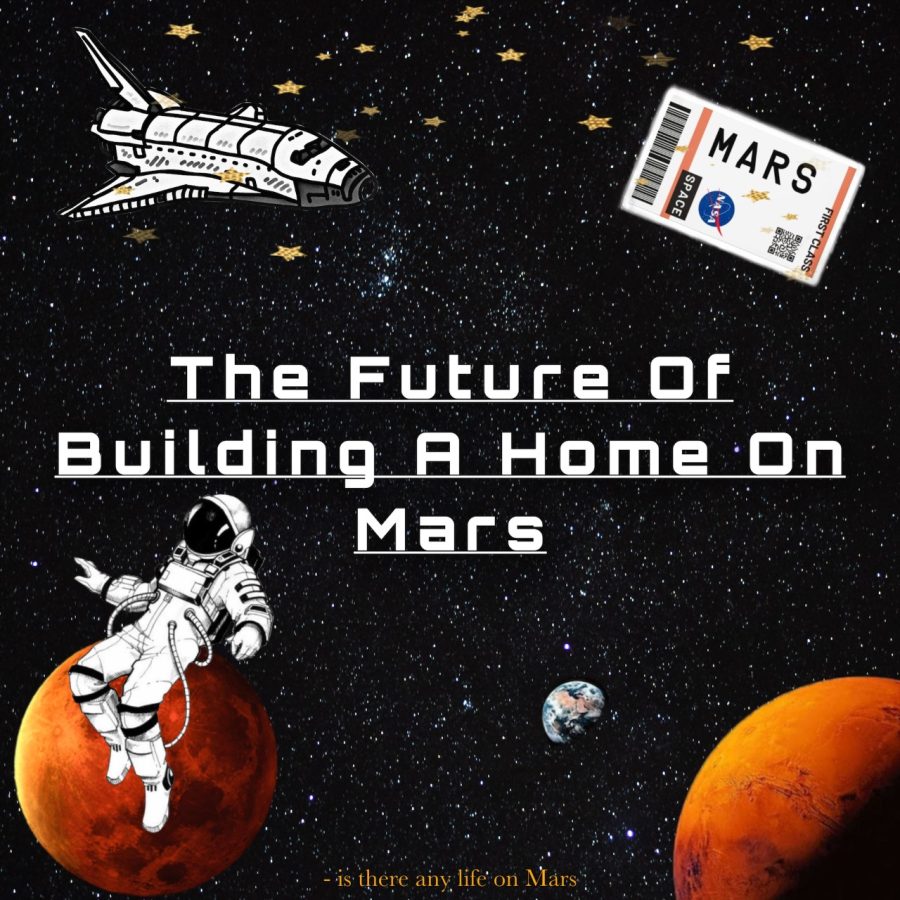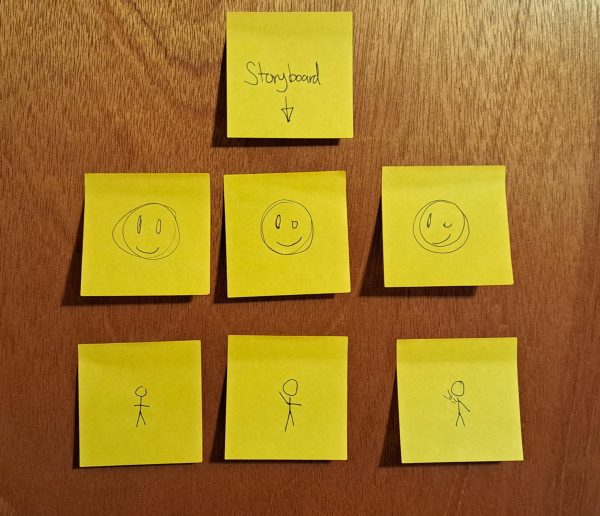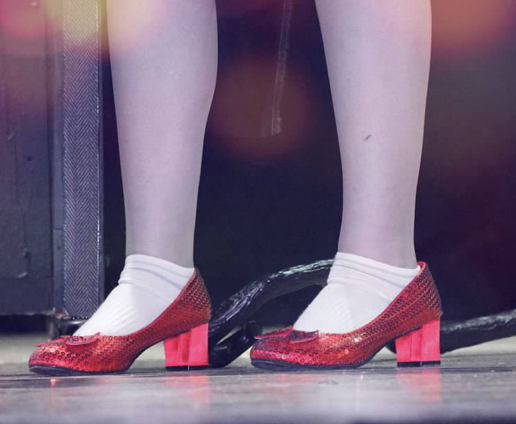The future of building a home on Mars
When we send humans to Mars, they will need places to live. In a new study, a team of researchers from the Indian Institute of Science, in collaboration with India’s space agency the Indian Space Research Organization, suggests a new method to use bacteria to build these so-called “Martian Habitats.”
In this method, the team shows how “space bricks” for building a habitat on the Red Planet could be made with a combination of local Martian soil, bacteria, and urea, a waste compound eliminated through urine by mammals.
To make the red planet “space bricks,” the team mixed together a “slurry” of simulated Martian soil made out of processed guar gum, which is a product of guar beans, combined with urea, the chemical nickel chloride, and the bacterium Sporosarcina pasteurii. The mixture is blended together and can be poured into molds of any shape.
Prior, this team has tried to make “space bricks” with simulated lunar soil, but they were only able to make cylinder shaped bricks; with their new Martian method in which they harden a “slurry” mix in a mold, they can make bricks of any shape, according to some recent statements.
After a few days in the mold, a chemical reaction occurs that transforms the “slurry” into a solid “space brick.” Within the mixture the bacteria and urea interact, causing the urea to crystallize and form crystals of calcium carbonate. Calcium carbonate is a chemical compound that is often taken as a nutritional supplement but it also makes up biological structures like shellfish skeletons and eggshells.
The crystals come together with biopolymers, which are natural polymers produced by the bacteria, and the combination forms a sort of cement that holds the particles of the simulated Martian soil together.
The team added the nickel chloride to the mixture after determining that the compound made it easier for bacteria to grow in the “soil” mixture.
With the new method, the team was able to successfully make “space bricks,” but the researchers still have a lot of testing to do before such a technique is used on Mars. The scientists plan to study how the bricks would respond to the Martian environment, particularly the planet’s very thin, primarily carbon dioxide atmosphere, as well as the reduced gravity.
According to the statement, the team plans on testing their bricks in a device called the Martian Atmosphere Simulator (MARS), which the researchers have said will recreate Martian atmospheric conditions in a controlled laboratory setting. The team has additionally developed a microchip device to measure and study bacterial activity in space.

My name is Gabriel Josefowicz, and this is my second year writing for the school newspaper at GNA. This year I am a senior, and I have attended school...













